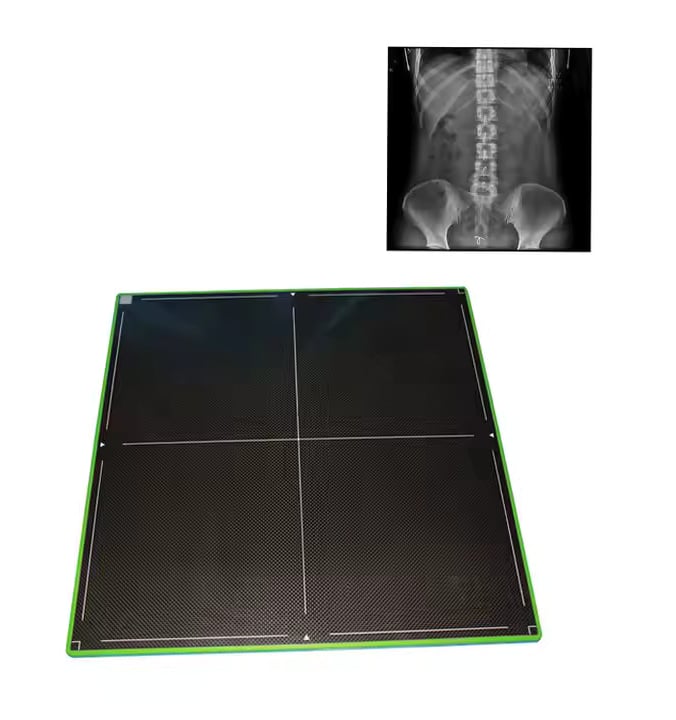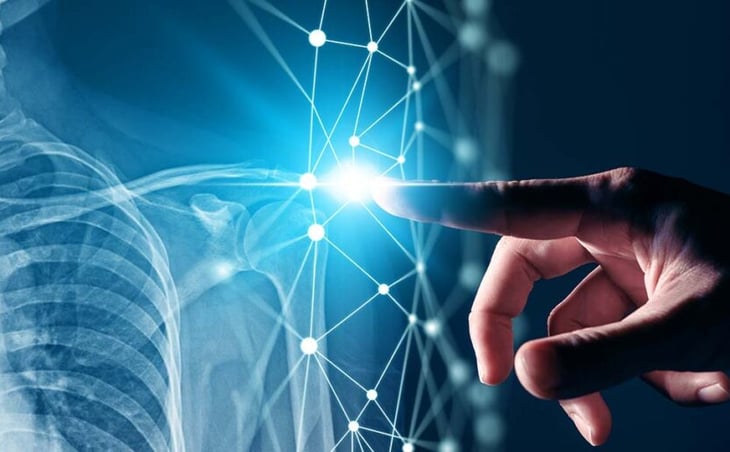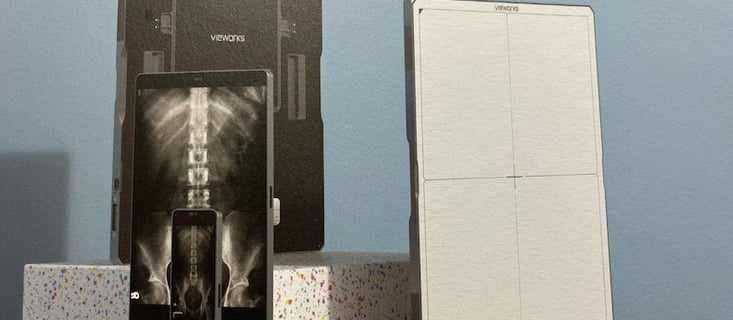What is Digital Radiography?
This technology uses digital sensors instead of the traditional film for advanced X-ray imaging and has instant high-quality images to assure accurate diagnosis with streamlined processes. Digital Radiography (DR) is an advanced X-ray imaging technology that uses digital sensors instead of traditional film, providing instant, high-quality images for accurate diagnostics and streamlined processes.
Digital Radiogrphy
12/27/20242 min read


Digital Radiography is an advanced form of X-ray imaging where digital sensors are used instead of traditional photographic film. This allows for immediate image acquisition, enhanced quality, and the ability to manipulate images for better diagnostics. With DR, healthcare professionals can make more accurate and timely decisions, ultimately improving patient outcomes.
Advantages of Digital Radiography
Enhanced Image Quality DR systems offering higher resolution resolutions allow getting higher resolution images to result in precision at the time of analysis, hence it means that it facilitates providing choices of zooming or the adjustment feature of contrast alongside real-time processing of images whereby lesions otherwise missed with primitive machinery can now be identified even through radiologists or technicians.
Faster Results Shorter Delivery Times In comparison to the chemical processing that forms the basis for the conventional radiography, the DR systems are faster in image delivery. Delivery at the fastest time possible makes the waiting time of patients on shorter sides while raising the chance for swift diagnosis and treatment.
Lower Radiation Exposure The DR systems are mostly conducted using lesser doses of radiation as compared to the regular X-ray procedures. Thus, it is safer for the patient without losing anything on image quality.
Cost Efficiency Although the establishment cost is rather high, in DR, the usage of chemicals and film along with storage space does not exist, thereby saving millions in the future.
Environmentally Friendly DR eliminates using chemical developers with minimal waste left behind, thereby being a long-term sustainable as well as ecologically friendly endeavor.
Applications of Digital Radiography
Digital Radiography is widely applicable and even goes beyond healthcare:
Medical Diagnostics: Every from a small dental clinic to big hospital DR is used in routine checks, trauma scans, and even more complex diagnostics.
Industrial Inspection: NDT of materials and parts at aerospace, automotive, or manufacturing industries is done by DR.
Veterinary Medicine: Health institutions for animals enjoy the speed and quality at which DR brings better care to pets and animals.
Security Screening: It applies its technology in scanning of luggage and parcels in airports, border security, and even in events.
The Future of DR
With AI and machine learning being fused into DR systems, further advancement is opened. The tool can detect anomalies in images, prioritize the urgency of the case, and help radiologists make accurate diagnoses. Another thing is the portability of DR systems. Such as Min-X, which is a handheld X-ray machine and will democratize advanced imaging to far-flung areas and areas where access to quality healthcare services has been restricted.
Radiopaedia - Digital Radiography Overvie
IAEA - Digital Radiography Information
Radiology Cafe - Digital Radiography Principles
News-Medical - Digital Radiography Explanation
Radiopaedia - Direct Digital Radiography
Reference Website links




